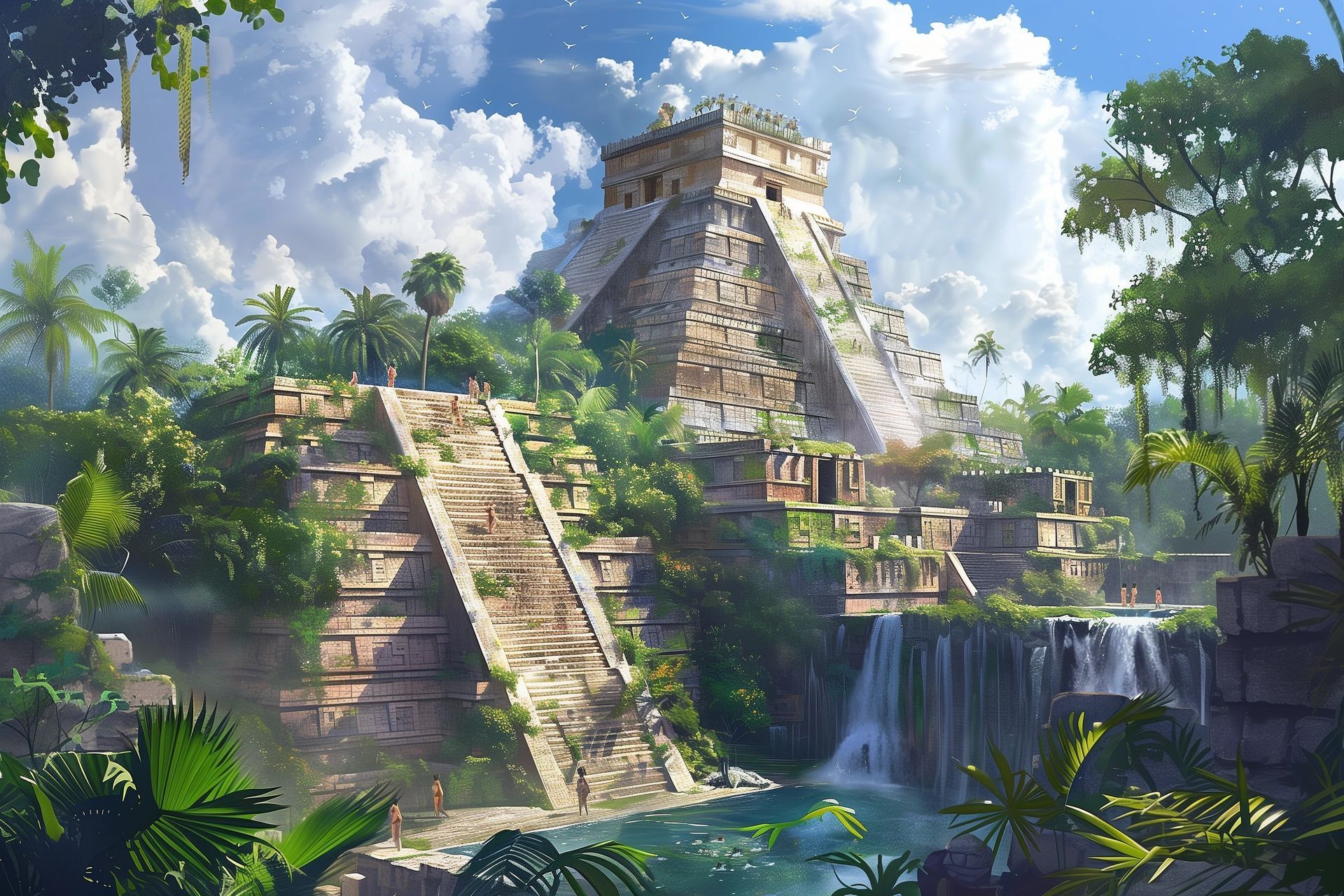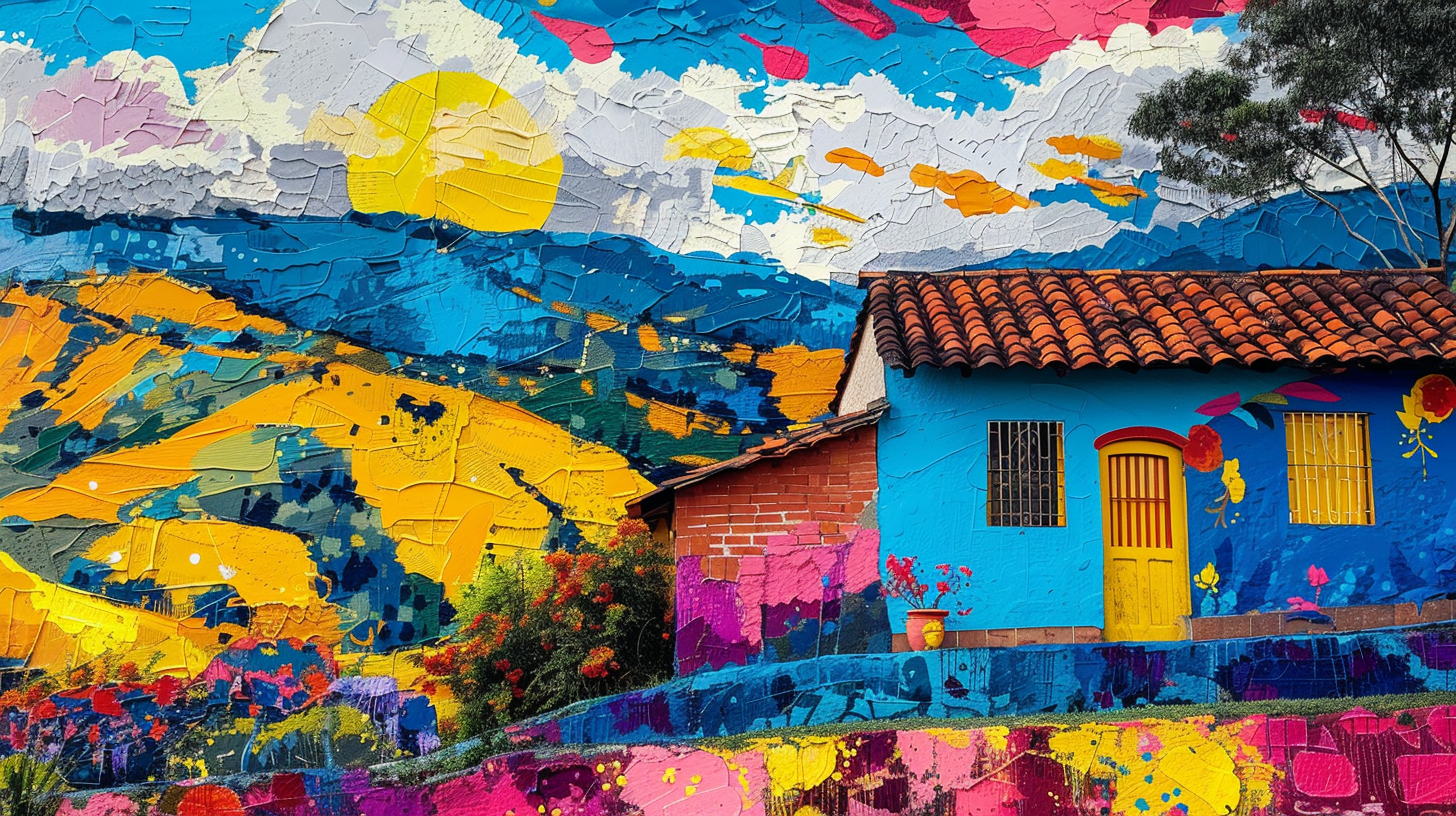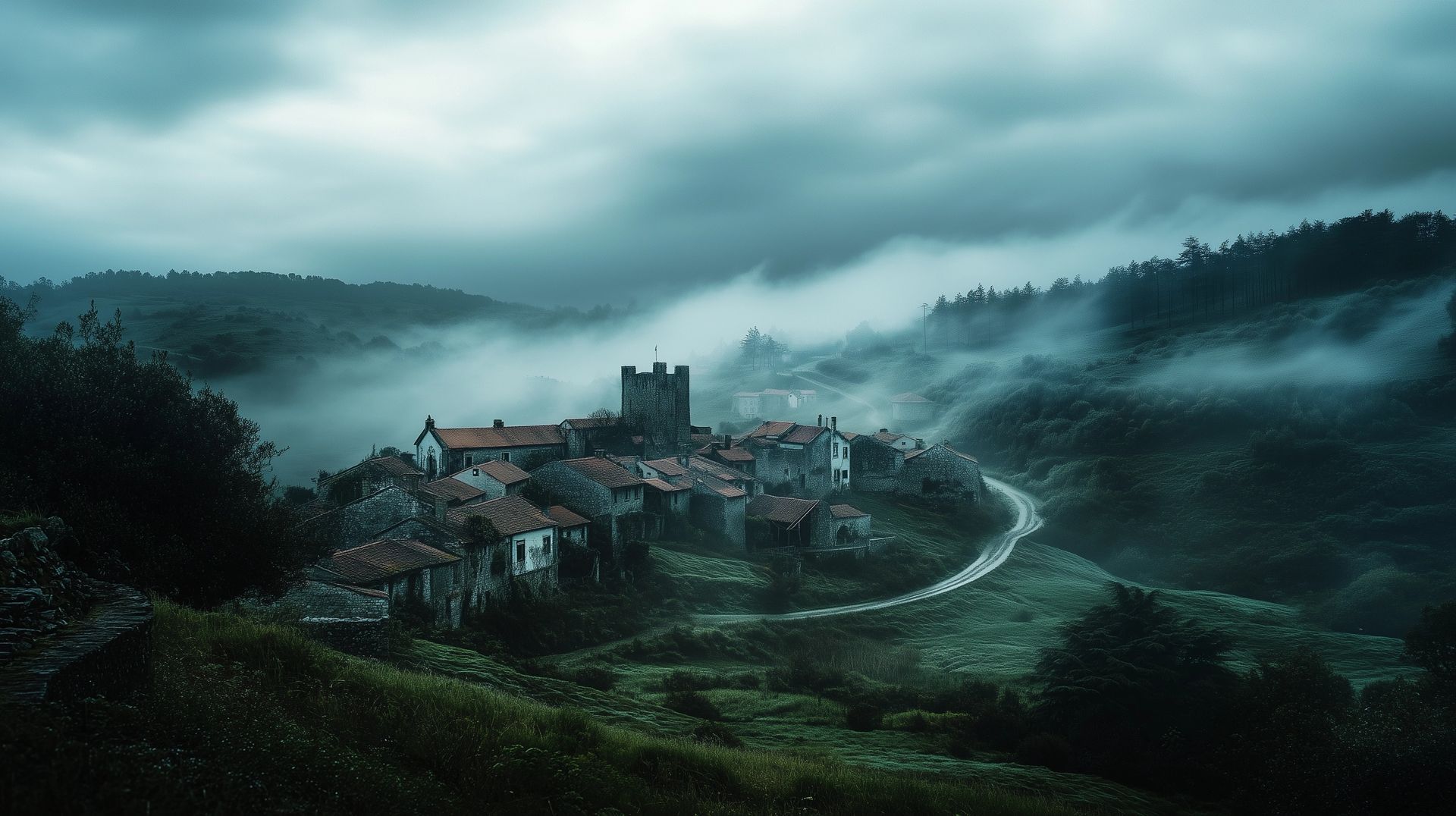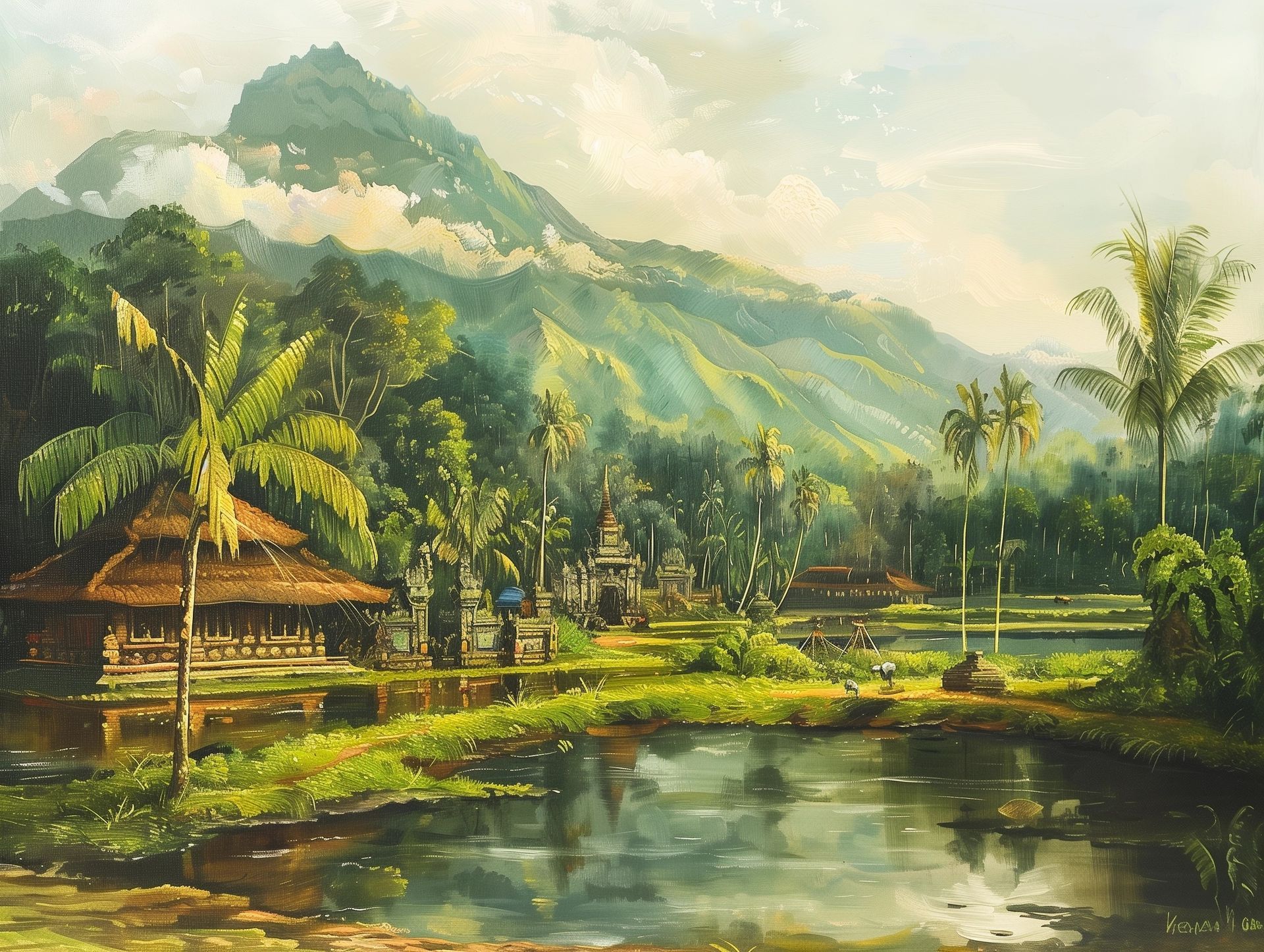Beyond the Lost City of Z: 3 lost South American cities you'll want to visit (that aren’t Machu Picchu)
Published: 22nd Oct 2024
Author: Sian H.
These ancient sites are well off the beaten path, real (!) and ripe with old legends and history for the curious explorer to inhale - check out the info and photos below and find out how to visit!
p.s i've shared a couple of cool trips for adventurous travelers in this article that are affiliate links. If you do go on to book a trip i will earn a small commission at no extra cost to you (but it helps me keep my website running - thank you!).
You've probably heard of the Lost City of Z, a city so dripping in mystery that famous explorers like Percy Fawcett have disappeared while searching for it. Leaving behind nothing but more questions that we can’t answer (definitely give the book a read if you haven’t or watch the movie just because!).
And then of course there's El Dorado, the mythical city of gold that has also reached pure legend status.
Unlike the very famous and also mythical Lost City of Atlantis - whose alleged location then and now has yet to be determined with any degree of credibility - the locations of Z and El Dorado were said to be hidden deep in the South American Amazon rainforests, around Brazil and Colombia or Venezuela respectively.
But while no one knows if these places really exist or ever existed - and we may well never know - South America definitely has real “lost cities” that are lost no more! And you can visit them today to soak in some of that ancient culture.
Machu Picchu is the obvious one but I like to look off the beaten track and let’s face it, Machu Picchu is well covered. But I am still hanging around in Peru because as per my research, this is where a lot of the action is when it comes to lost cities (but Colombia gets a bonus look-in too!).
These 3 historic sites aren't super easy to reach and generally include a bit of a hike, but they all have options for guided treks and additional, various modes of transport to get you in and out.
Let's go.

1. Choquequirao, Peru - Machu Picchu's sister
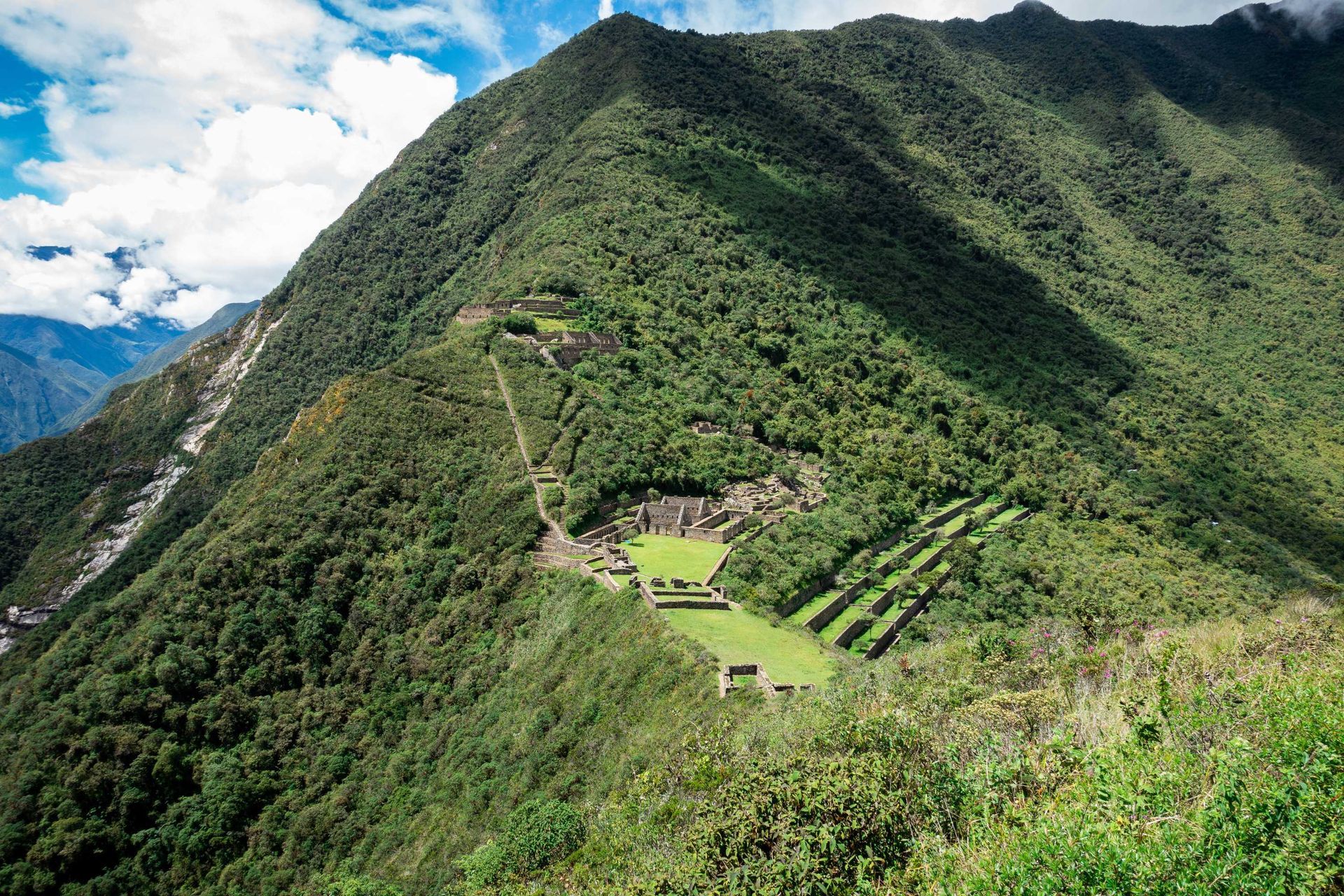
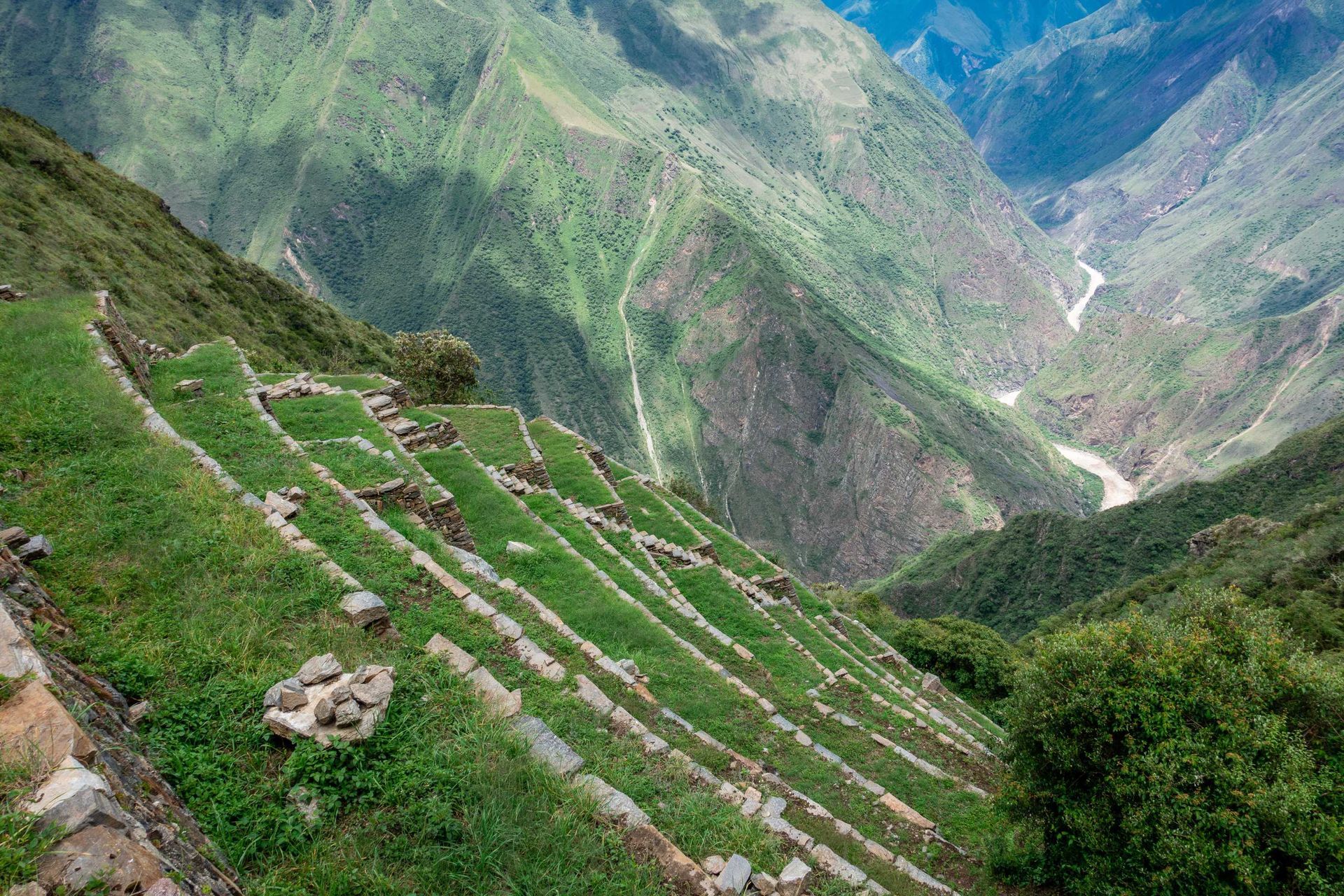
High above the Apurímac River, tucked away in the remote Vilcabamba mountains, lies Choquequirao, a massive Inca city that rivals Machu Picchu in scale - but is much harder to get to.
Nicknamed "Machu Picchu’s sister," Choquequirao is less polished but no less breathtaking. Built by Topa Inca Yupanqui, it was both a ceremonial center and a royal estate.
The name Choquequirao translates to “Cradle of Gold,” and local folklore has long spoken of hidden treasures and gold buried in the mountains surrounding the city.
Legends tell of the Inca's efforts to hide their wealth from Spanish conquistadors by stashing it away in these remote locations. The city was abandoned during the Spanish conquest and some say its inaccessibility was intentional - made to ensure that the sacred rituals and treasures of the Incas remained untouched by foreign hands.
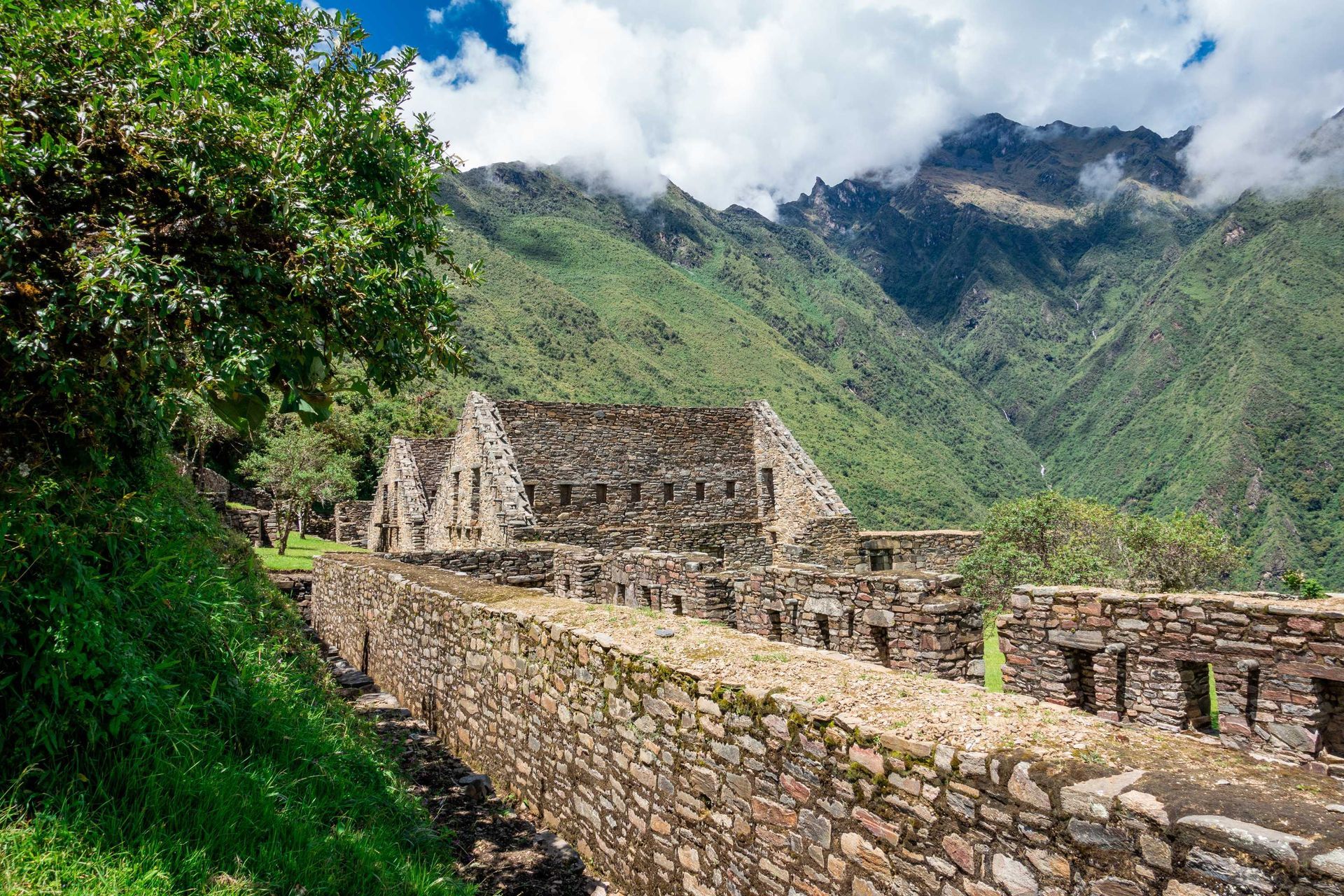
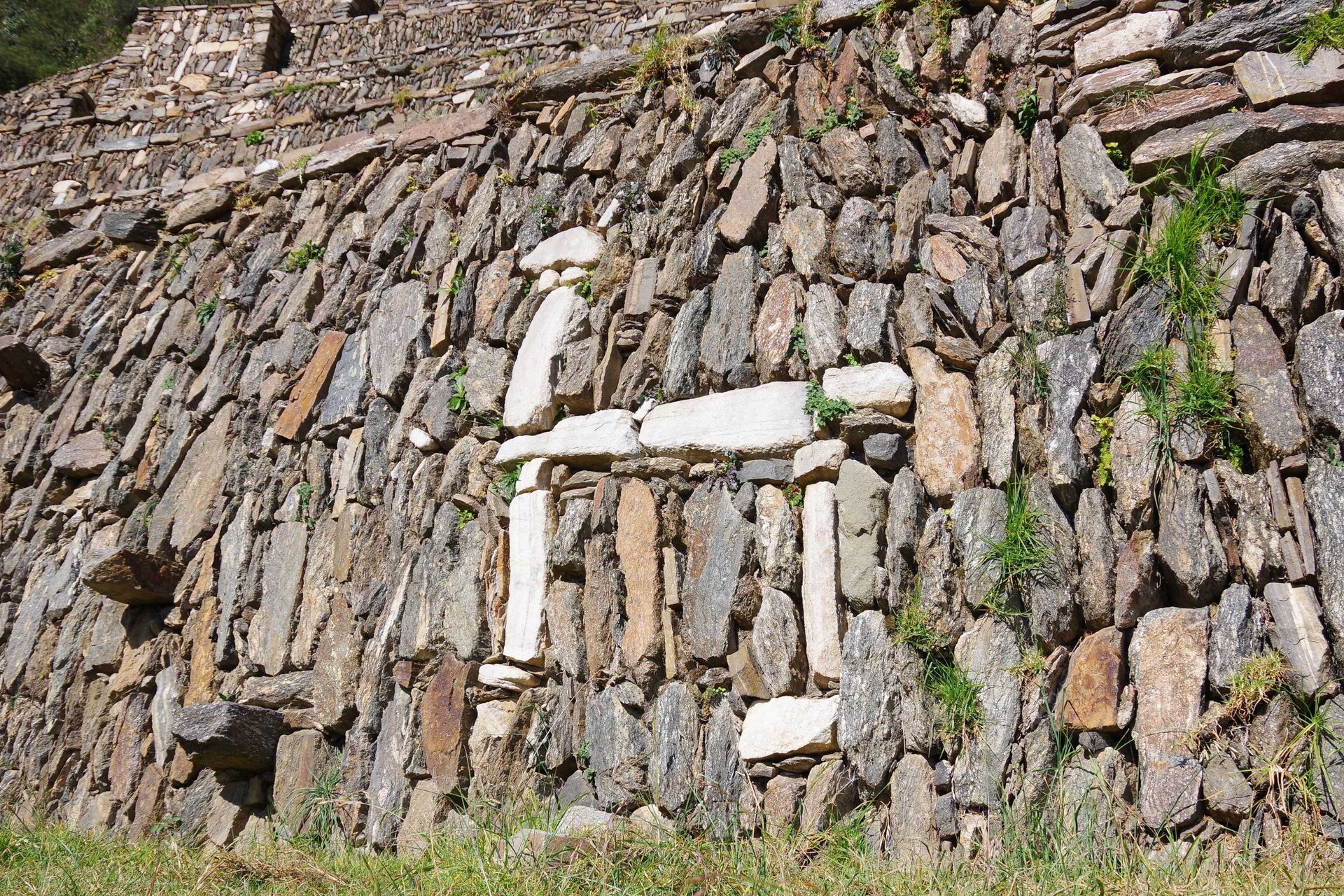
It was a place designed for ceremonies, with stone platforms facing the sunrise during the solstices, indicating its importance as a spiritual site.
Folklore suggests that these ceremonies were meant to honor the Apus - the mountain deities that the Incas believed watched over and protected their people. The site also has intriguing features like the Giant Stairway, which faces the December solstice sunrise and terraces decorated with stone llamas.
Archaeologists have even found thousands of sling stones, hinting that the city was also built to defend against threats. Unlike the crowded Machu Picchu, Choquequirao feels untouched, with only a few thousand people visiting each year.
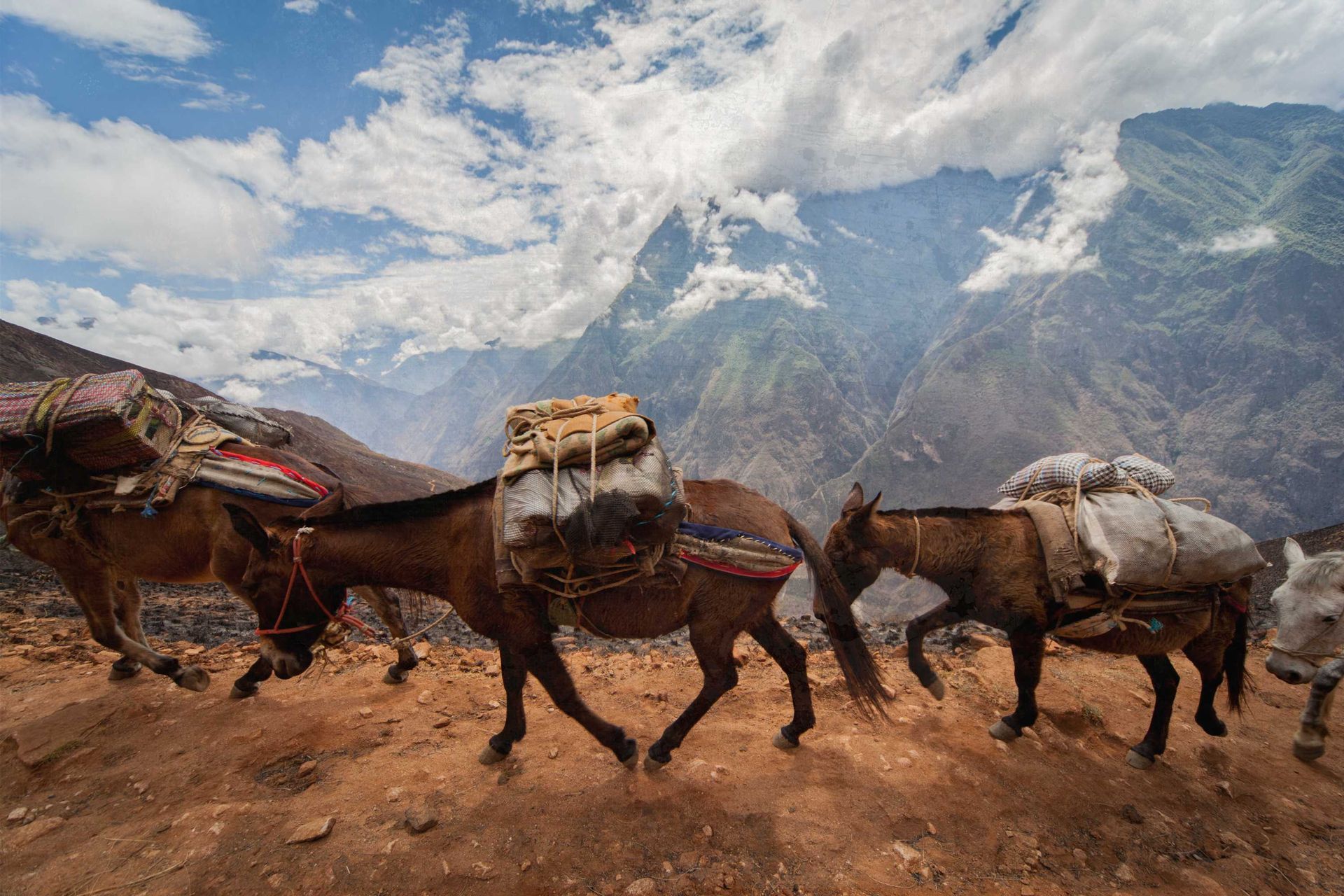
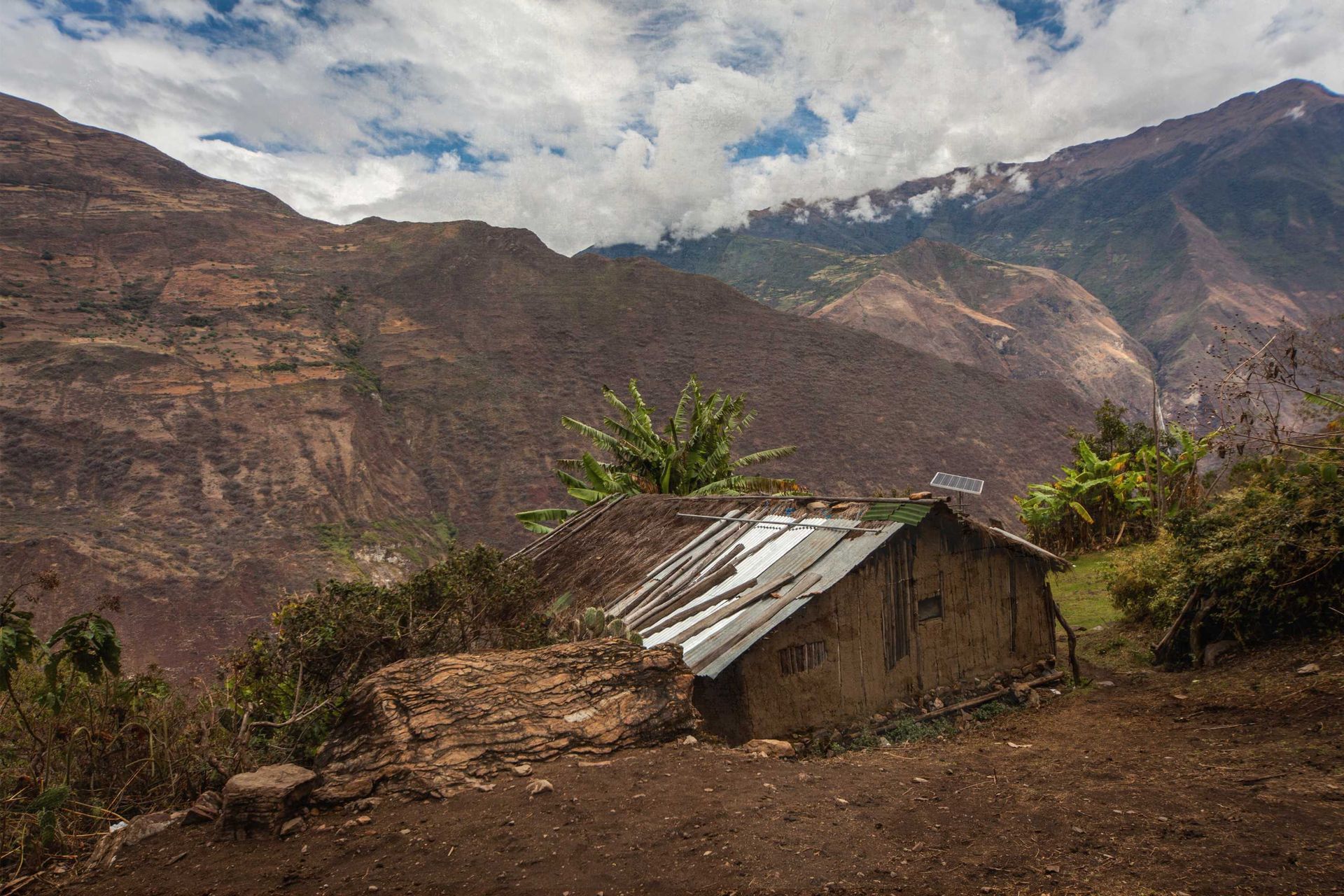
How to get to Choquequirao:
This is an adventure in itself. There’s no train, no bus and no easy way in - just a tough two-day hike along steep mountain trails.
You’ll gain almost 1,500 meters in elevation, climbing switchback paths while gazing down at the Apurímac River below.
Want to make a visit?
This 4-day private hike from Cusco to Choquequirao comes packed with everything you need. It’s a private trek, so you get personalized attention and a flexible itinerary.
It’s obviously off-the-beaten-track, just incredible Incan ruins and a rich cultural history. Expect breathtaking mountain views, lush valleys and all that good stuff. Plus, it’s hassle-free - meals, camping gear and transport are all included. You just show up and enjoy the adventure.
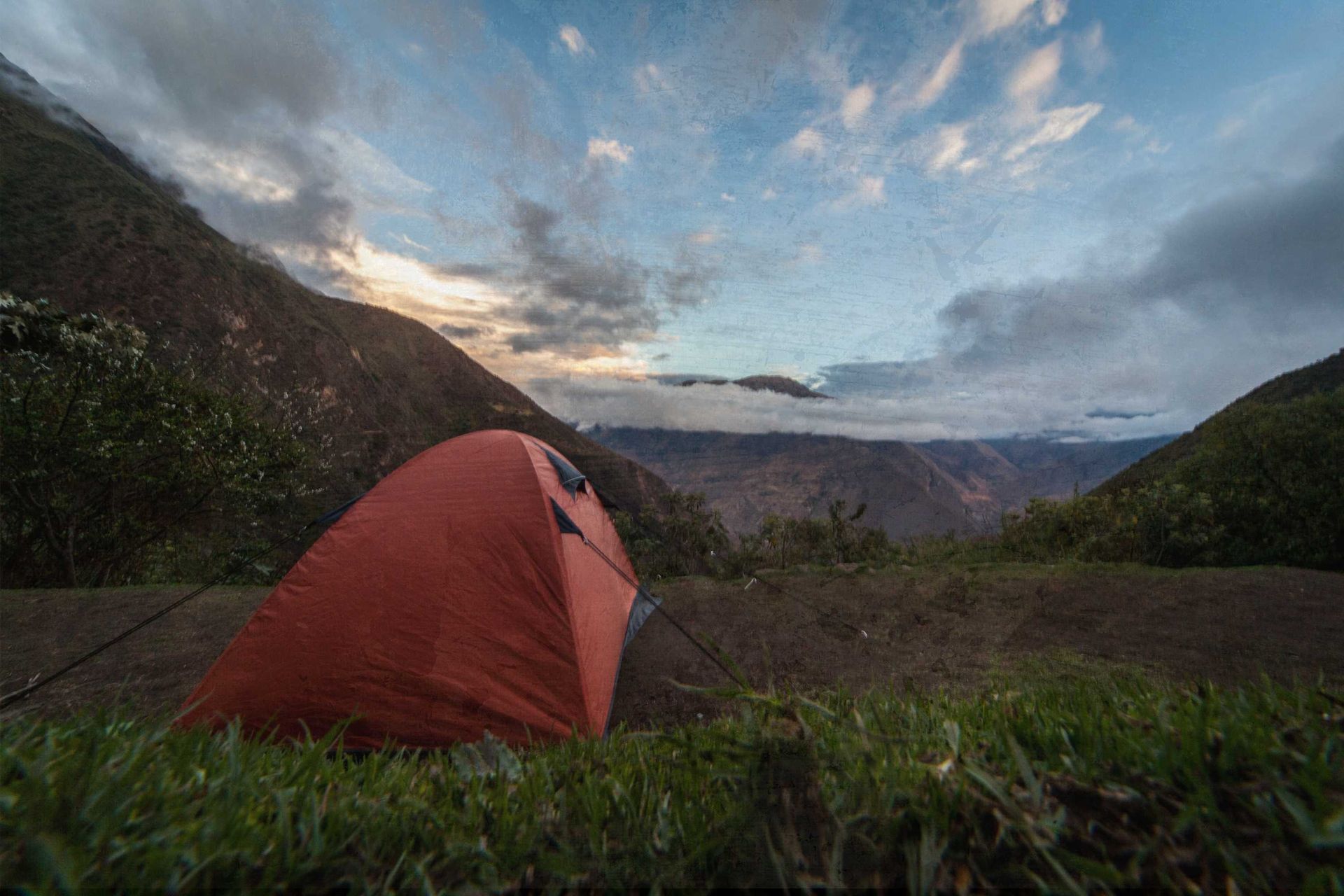
2. Kuélap, Peru - a fortress in the clouds
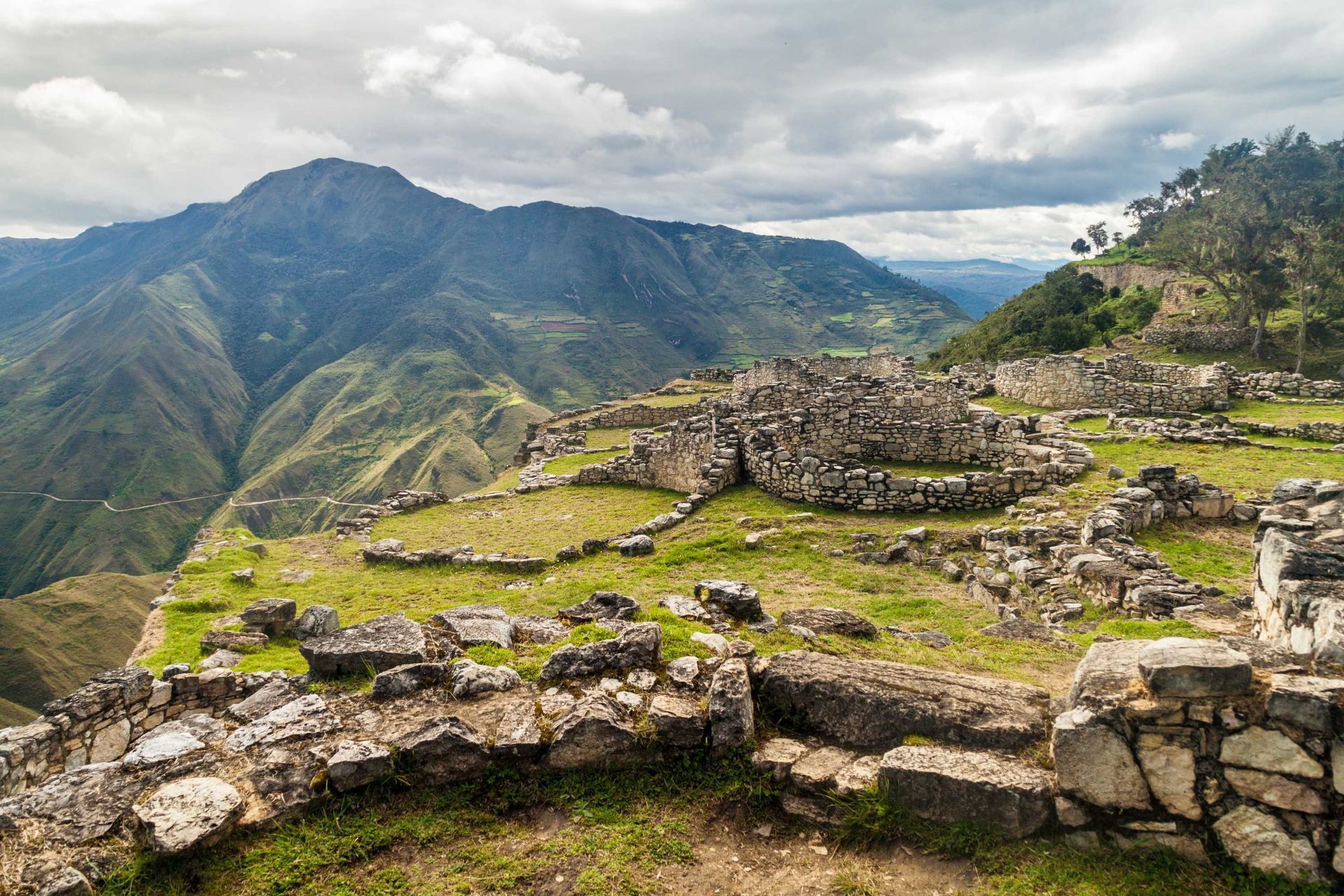
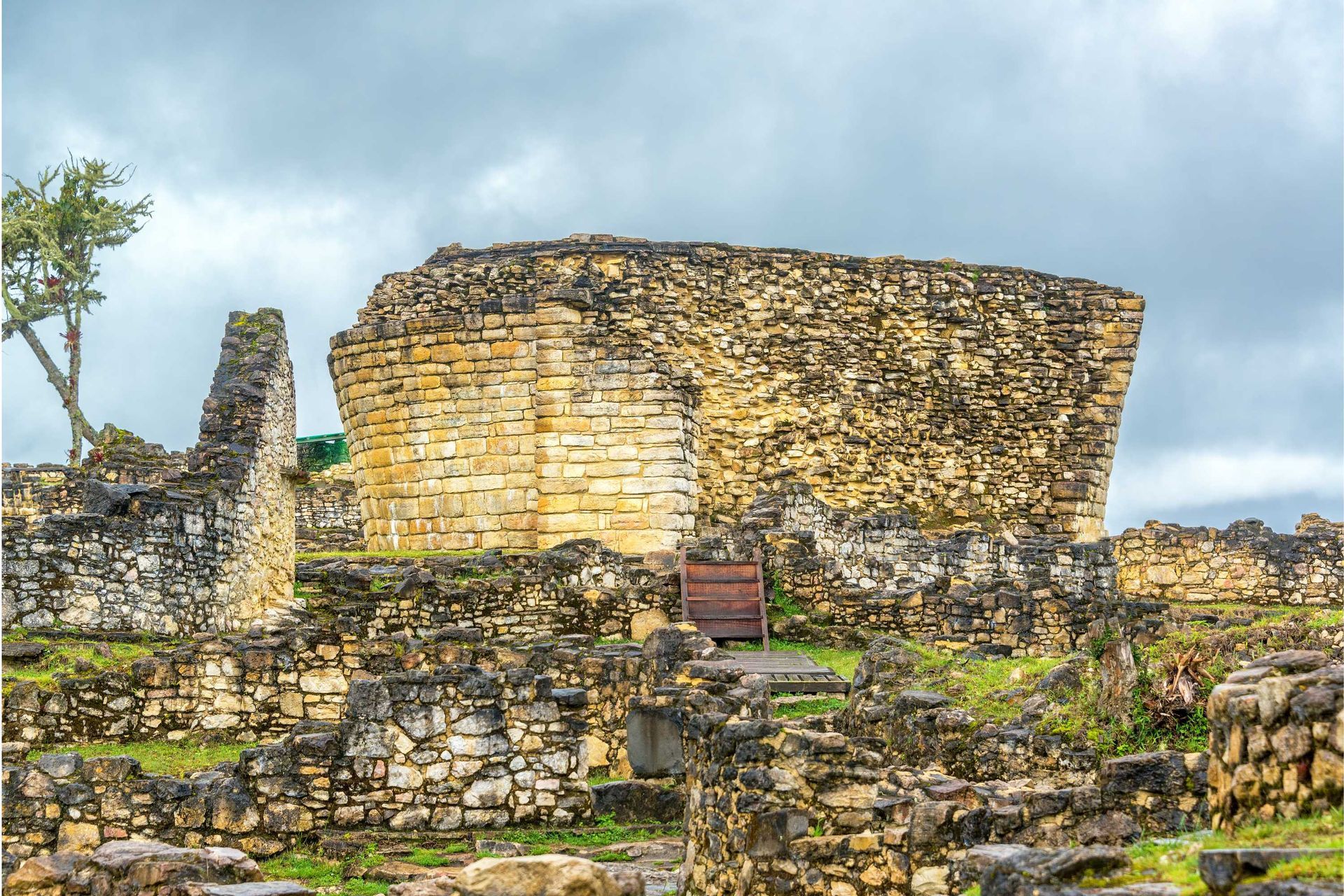
Kuélap is an ancient fortress site tucked away in the Andes and it’s a place filled with fascinating history and legend.
The Chachapoya people were a civilization who predated the Incas and were eventually taken over by them - "taken over" is probably not a strong enough description but you get the idea. Often called the "Warriors of the Clouds”, they built Kuélap not only as a defensive fortress but also as a sacred site.
More than 400 circular stone houses fill this once lost city with many of them bearing carvings that reflect the spiritual beliefs of the Chachapoya.
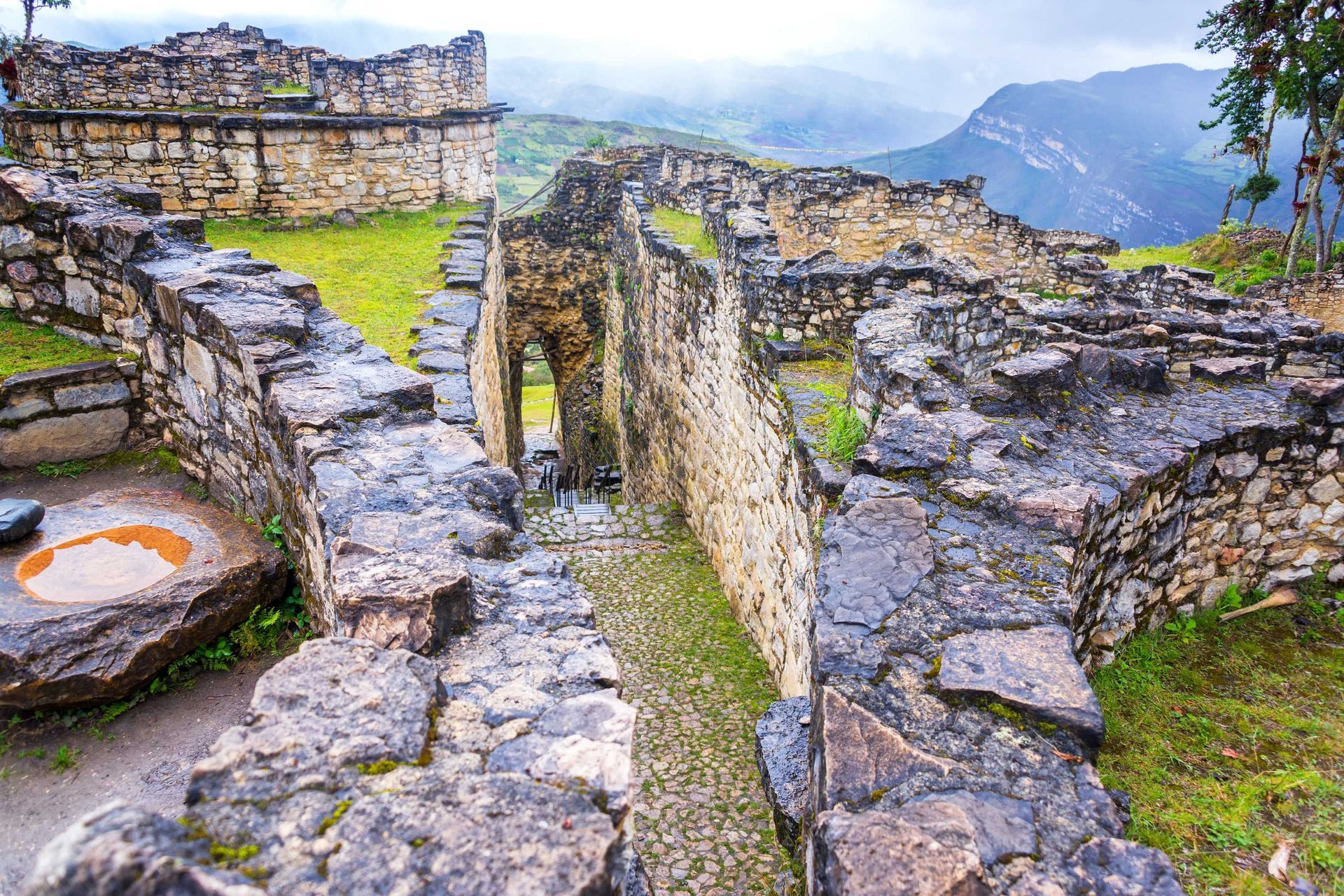
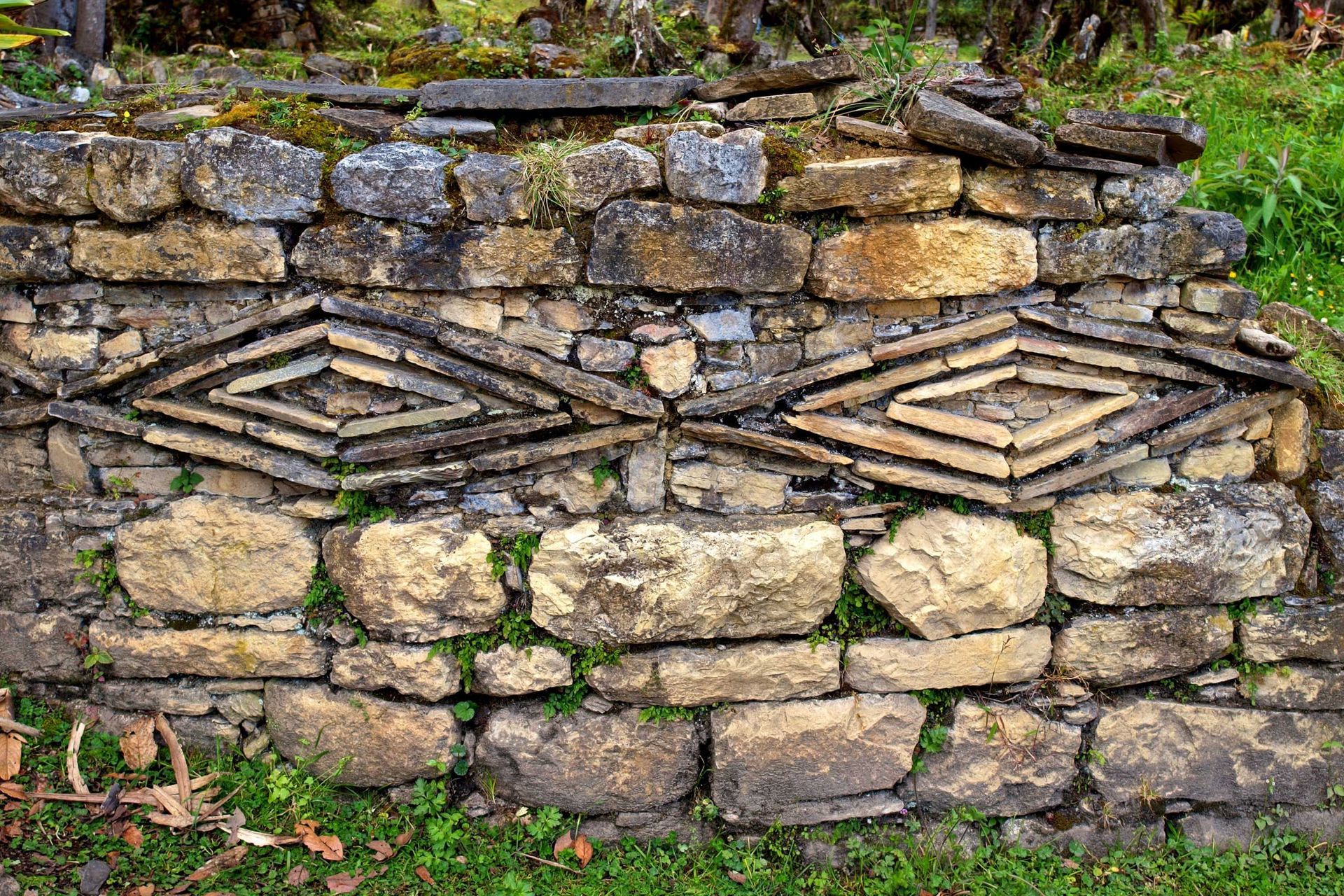
Local legends speak of a witch who protected Kuélap with her powers, and the Chachapoya were known to conduct rituals here to communicate with mountain spirits, aiming to keep harmony between the natural and mystical worlds.
Hidden within the stone structures are the remains of these rituals - burials, Spondylus shells and other sacred items left as offerings to the gods.
But Kuélap’s history wasn't just about peace. Evidence of violent conflict, such as numerous skulls with signs of trauma, points to its defensive nature and the battles fought to protect it.

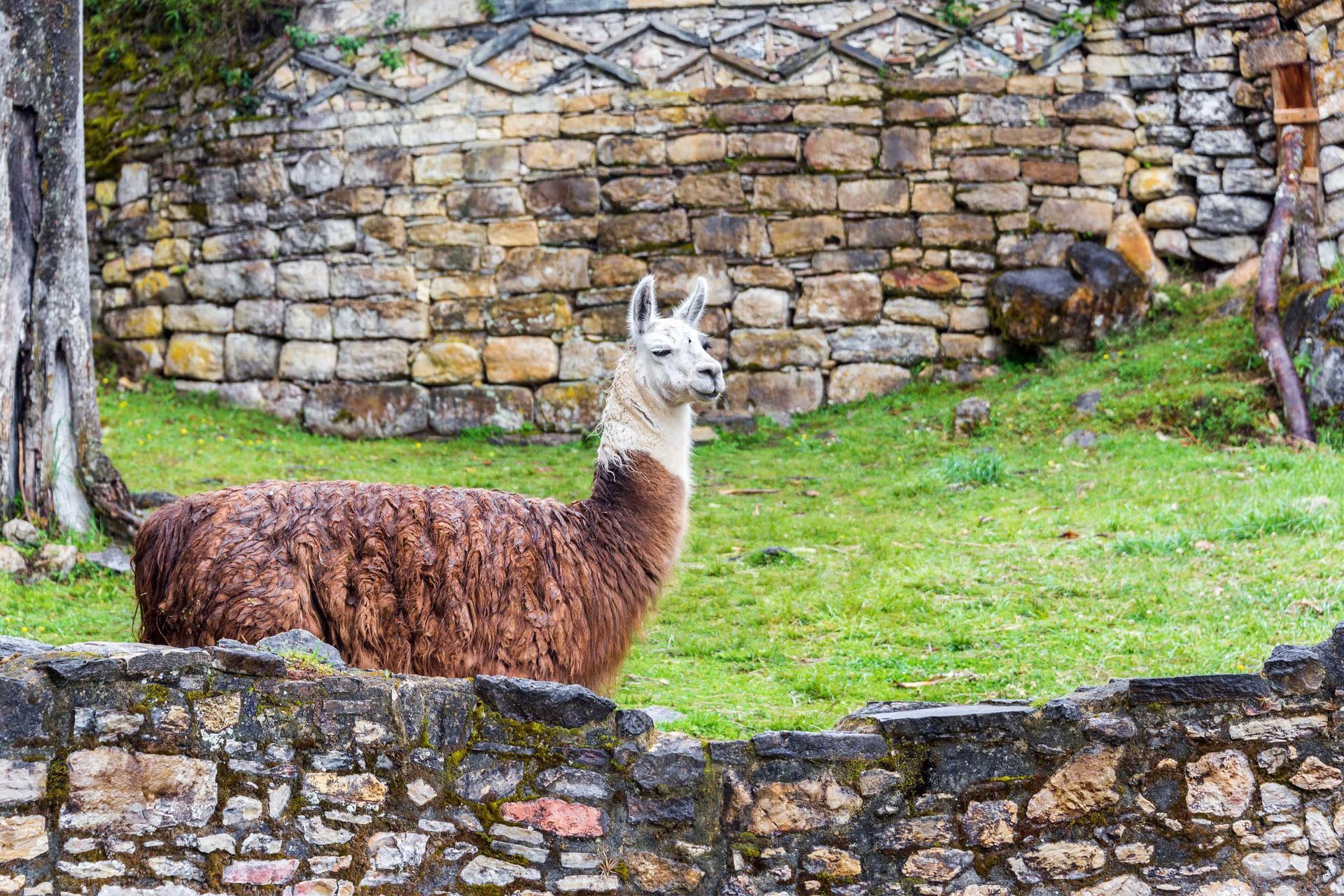
But today, the atmosphere is serene. Orchids grow from the ancient stone walls and llamas wander freely, creating an almost surreal contrast to its turbulent past.
Modern technology has allowed further exploration into the site and recent conservation efforts with 3D modeling via drone capture have revealed hidden features at Kuélap, like previously unmapped buildings and intricate architectural details.
Unlike the meticulously restored Machu Picchu, Kuélap is a conservation piece still in its infancy and retains a raw quality that makes exploring it feel like stepping into a forgotten chapter of history.
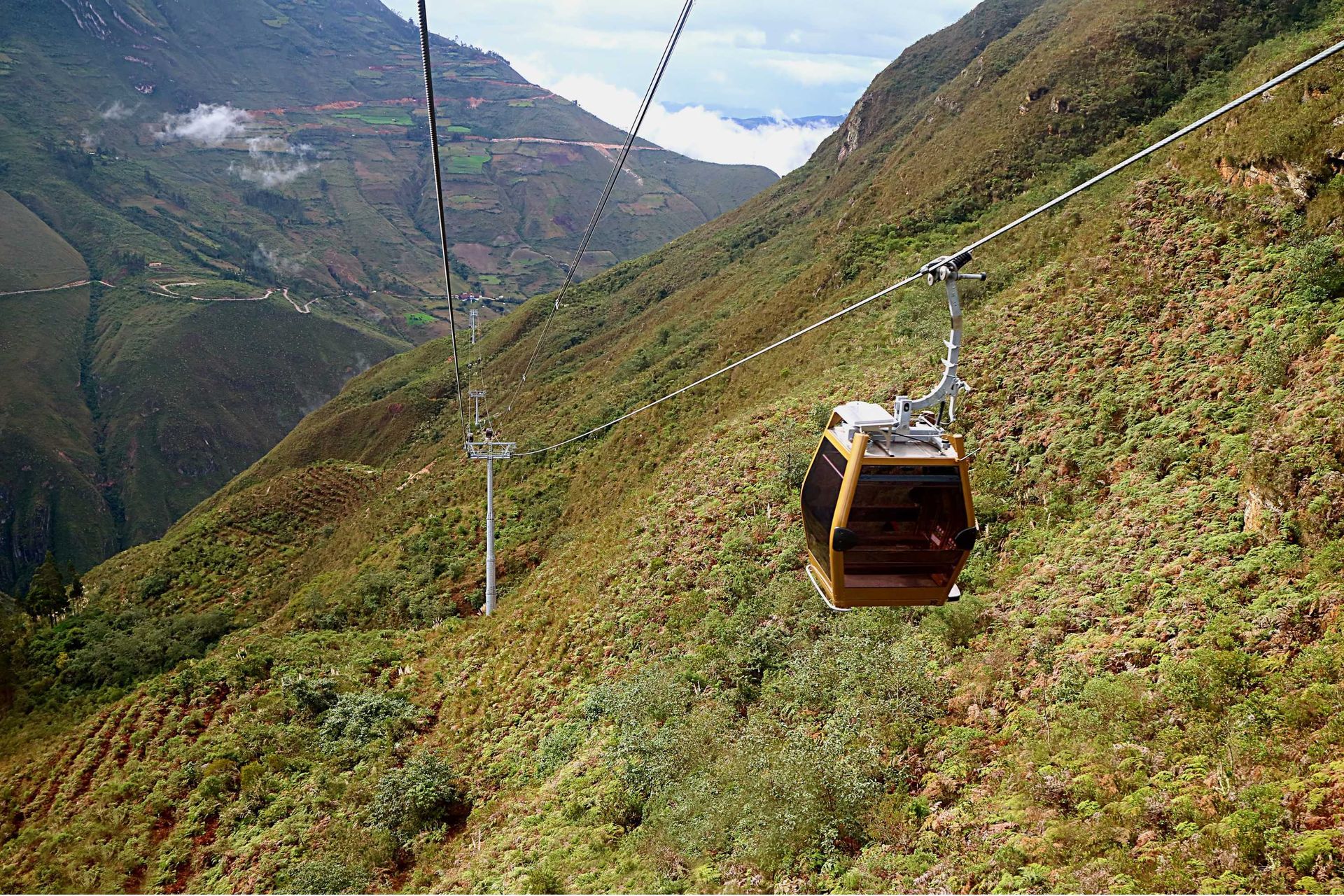
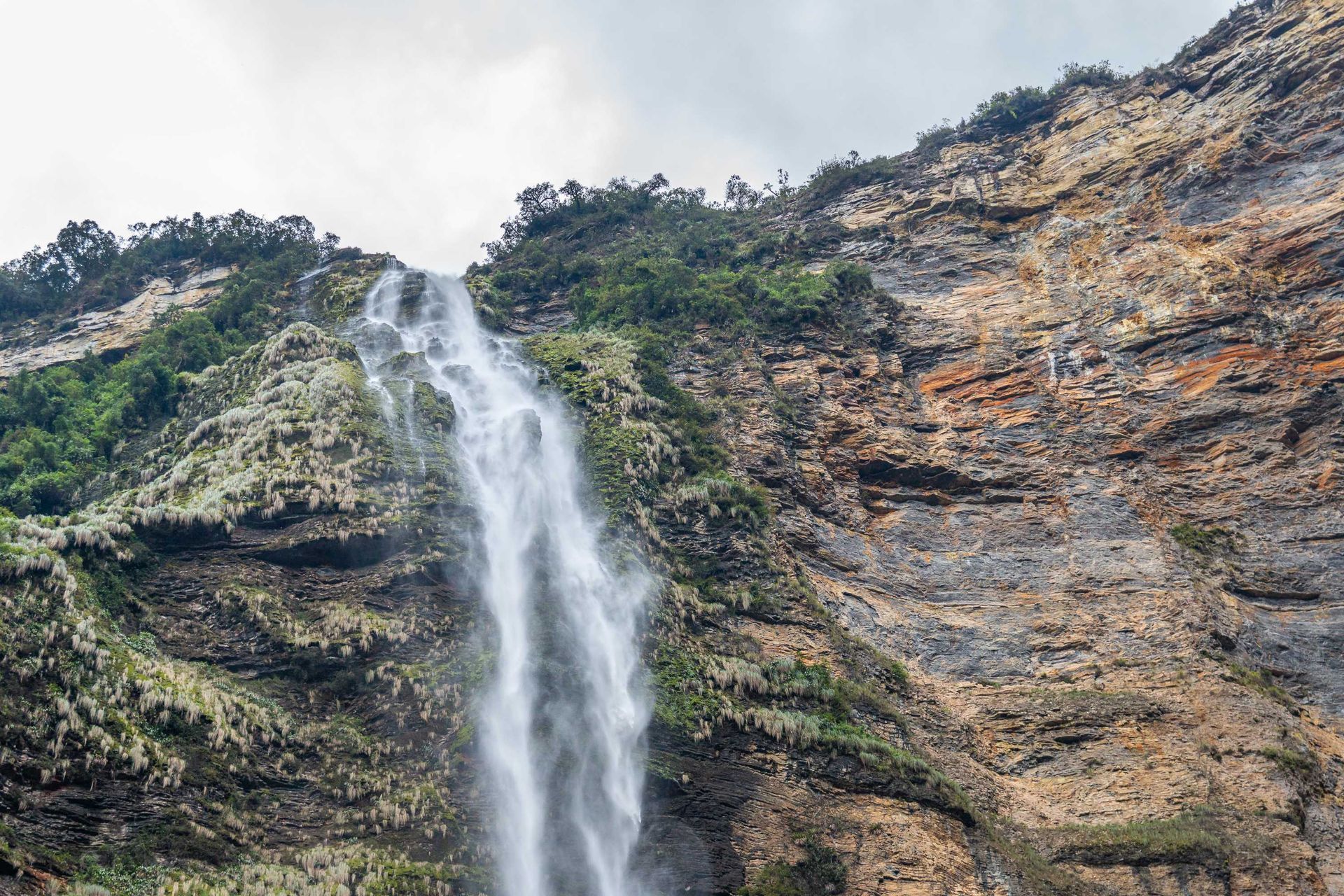
How to get to Kuelap:
It’s a bit of a mission but not as intense as getting to Choquequirao.
The fastest way to Kuélap starts with a 1.5-hour flight from Lima to Jaén (there's usually two direct daily flights). From Jaén, it's about a 4-hour drive to Chachapoyas. Once there, take a taxi or shared ride to Nuevo Tingo (about an hour) to catch the cable car. The cable ride takes 20 minutes, followed by a 30-minute walk to the site entrance. The journey will take roughly 8 hours, so you might well want to stop in Chachapoyas overnight.
If you're feeling super energetic, you can hike the 5 1/2 miles from Tingo Viejo to Kuélap but it's going to be a tough one!
Want to make a visit?
This 5-day, small group trip through Chachapoyas culture takes you to amazing spots like the Kuélap fortress and Gocta waterfall - stunning destinations full of history, without the crowds.
You'll get four nights in a cozy hotel, all your breakfasts, a few lunches and airport transfers included. Plus, a bilingual guide makes everything easier.
Perfect if you're up for something different and only a small group so you get more attention and a real feel for the place.
3. Ciudad Perdida, Colombia: the lost city of the Tayrona
Heading over to Colombia and deep into the jungles of the Sierra Nevada mountains, you’ll find Ciudad Perdida, or “The Lost City.”
Built around 800 AD - hundreds of years before Machu Picchu - this city was the heart of the Tayrona civilization. It was abandoned during the Spanish conquest and remained hidden until the 1970s, when treasure hunters stumbled upon its stone terraces buried in thick jungle growth.
Rampant folklore surrounds Ciudad Perdida, much like it does with most lost cities. According to local indigenous groups, the city, known as Teyuna, was a sacred place, built by the Tayrona to be close to the gods.
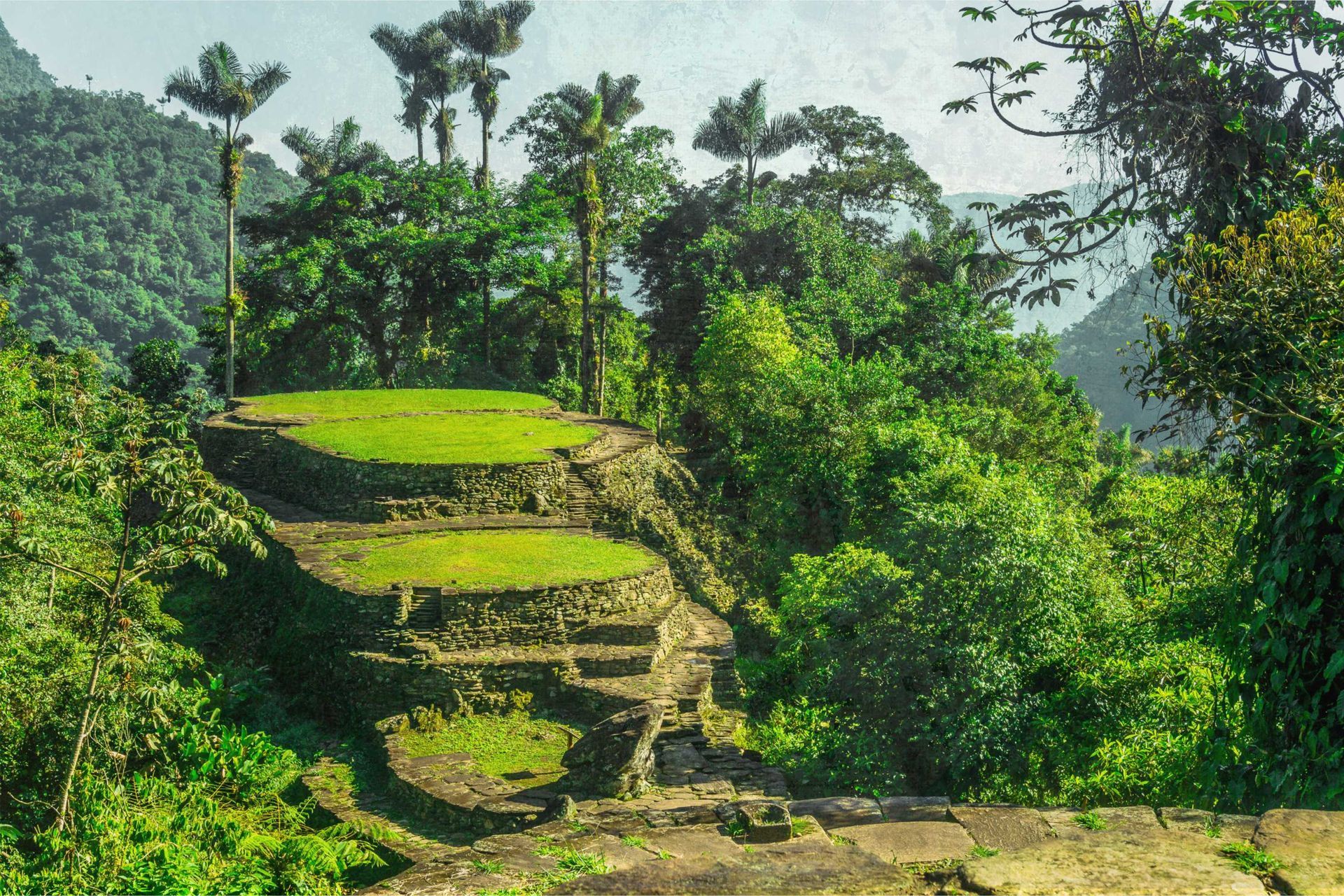
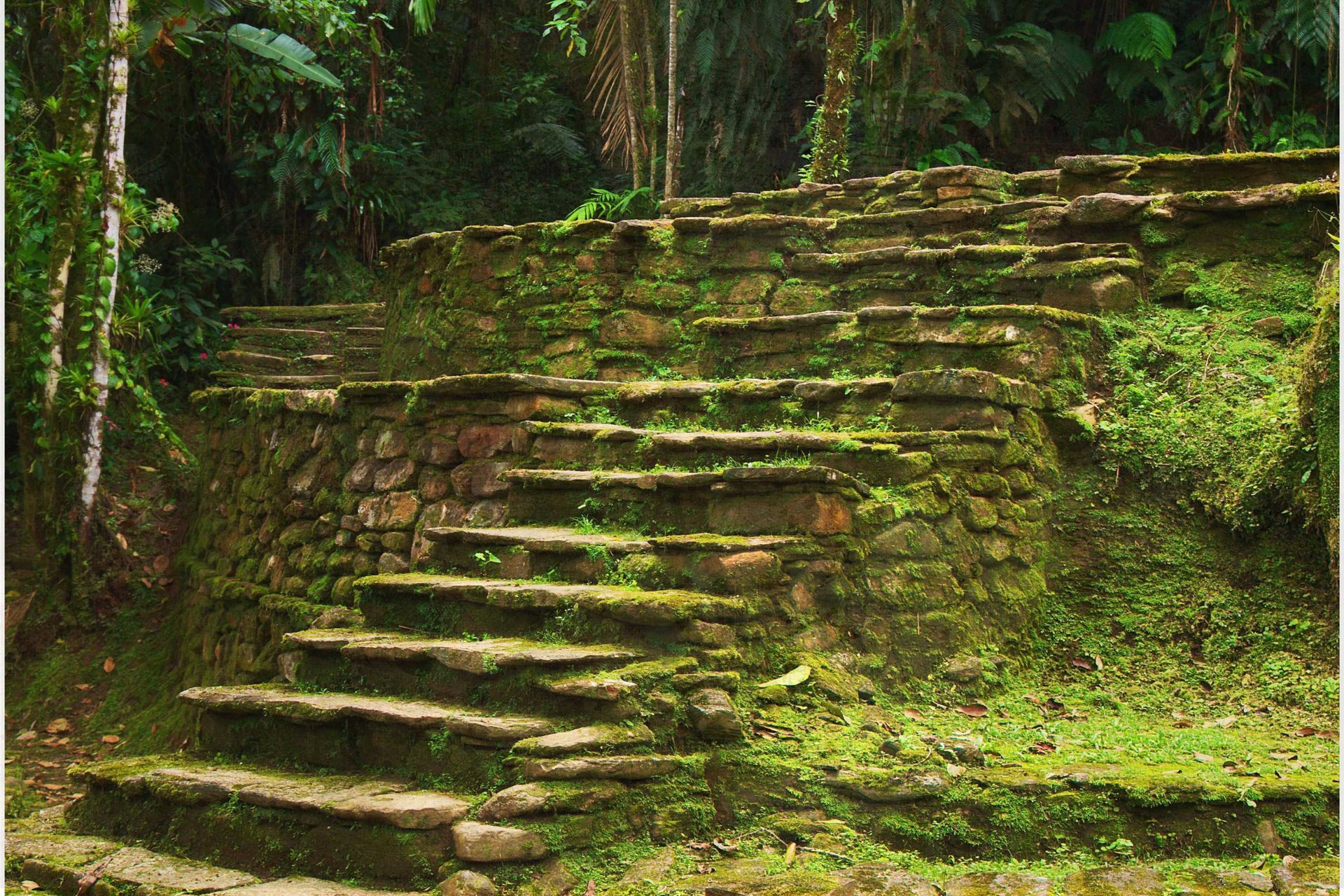
Even today, the Kogi people - descendants of the Tayrona - believe that Ciudad Perdida is guarded by the spirits of their ancestors and they continue to perform rituals there to maintain balance in the natural world.
They call themselves the “Elder Brothers” and see it as their duty to protect this sacred land from outsiders who may not understand its spiritual significance.
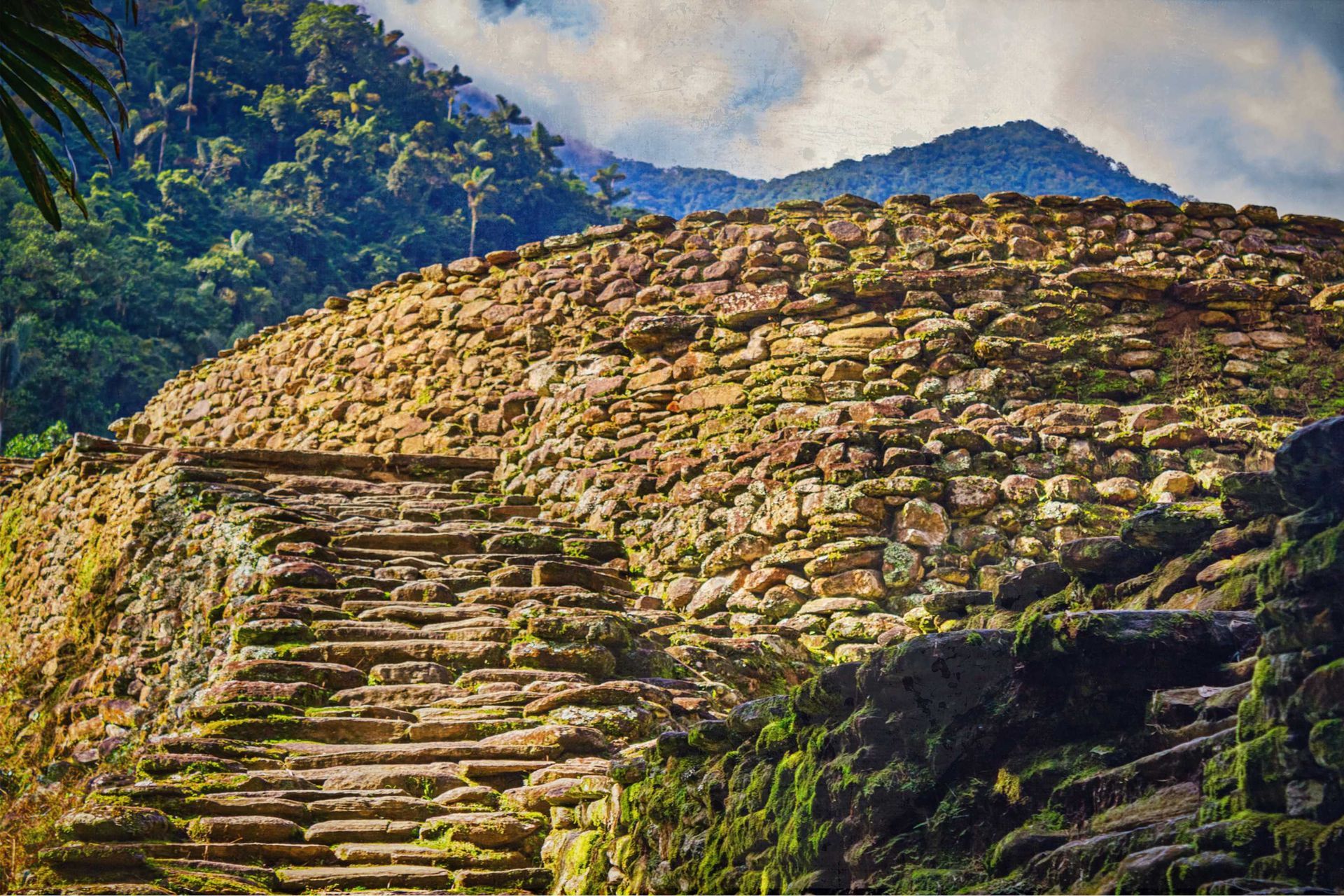
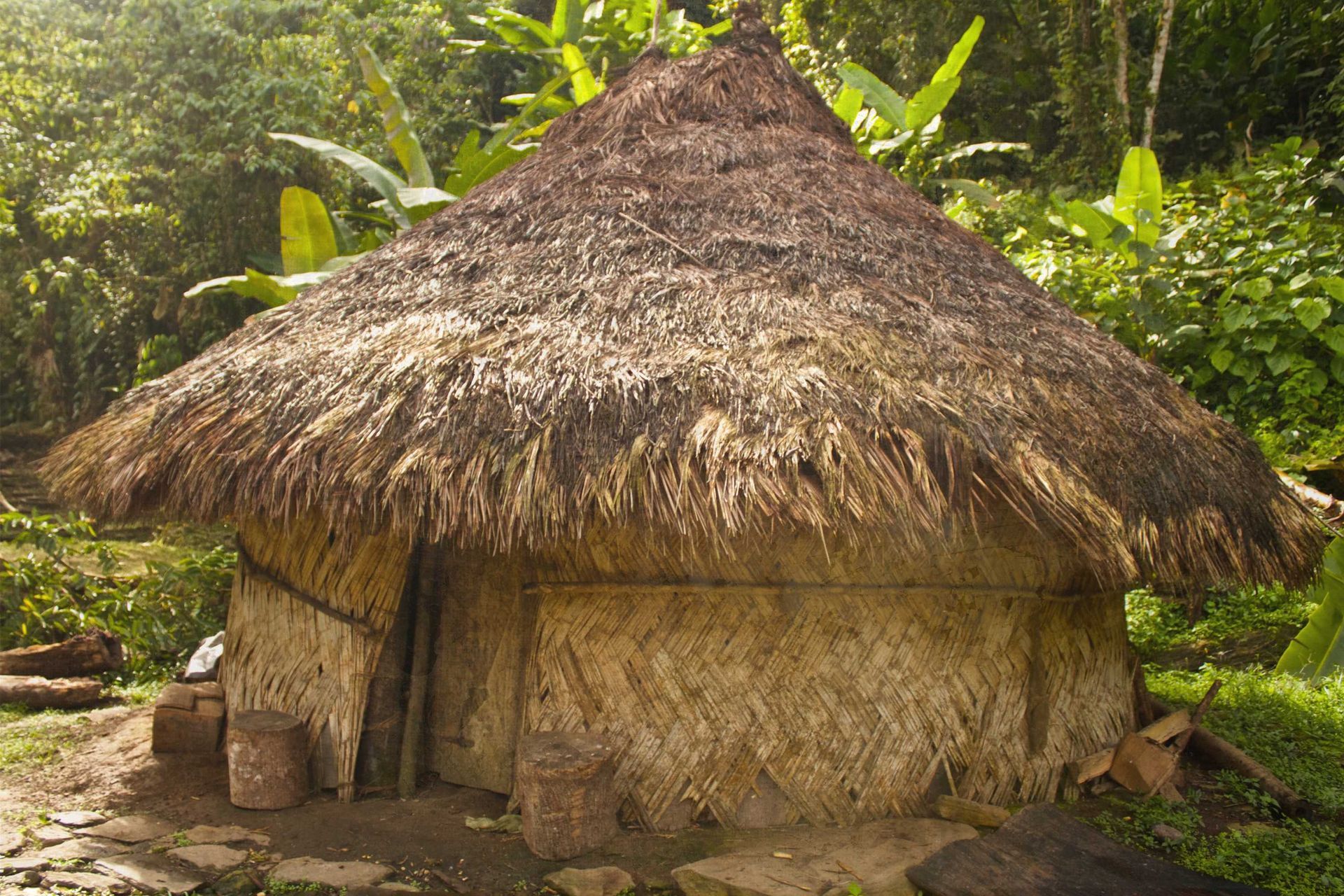
How to get to Ciudad Perdida:
The only way to get to the Lost City is via an authorised trek - check out some choices at the link below.
Want to make a visit?
With over 2,000 5-star reviews, this hike for 4 Days to the Lost City trek looks epic!
Expect four days of stunning views, challenging trails and genuine local insights into the indigenous history of the Tayrona.
Meals, snacks, and expert guides are all included and importantly, your efforts support the local community.
Tough but worth it - other options to explore at that link too.
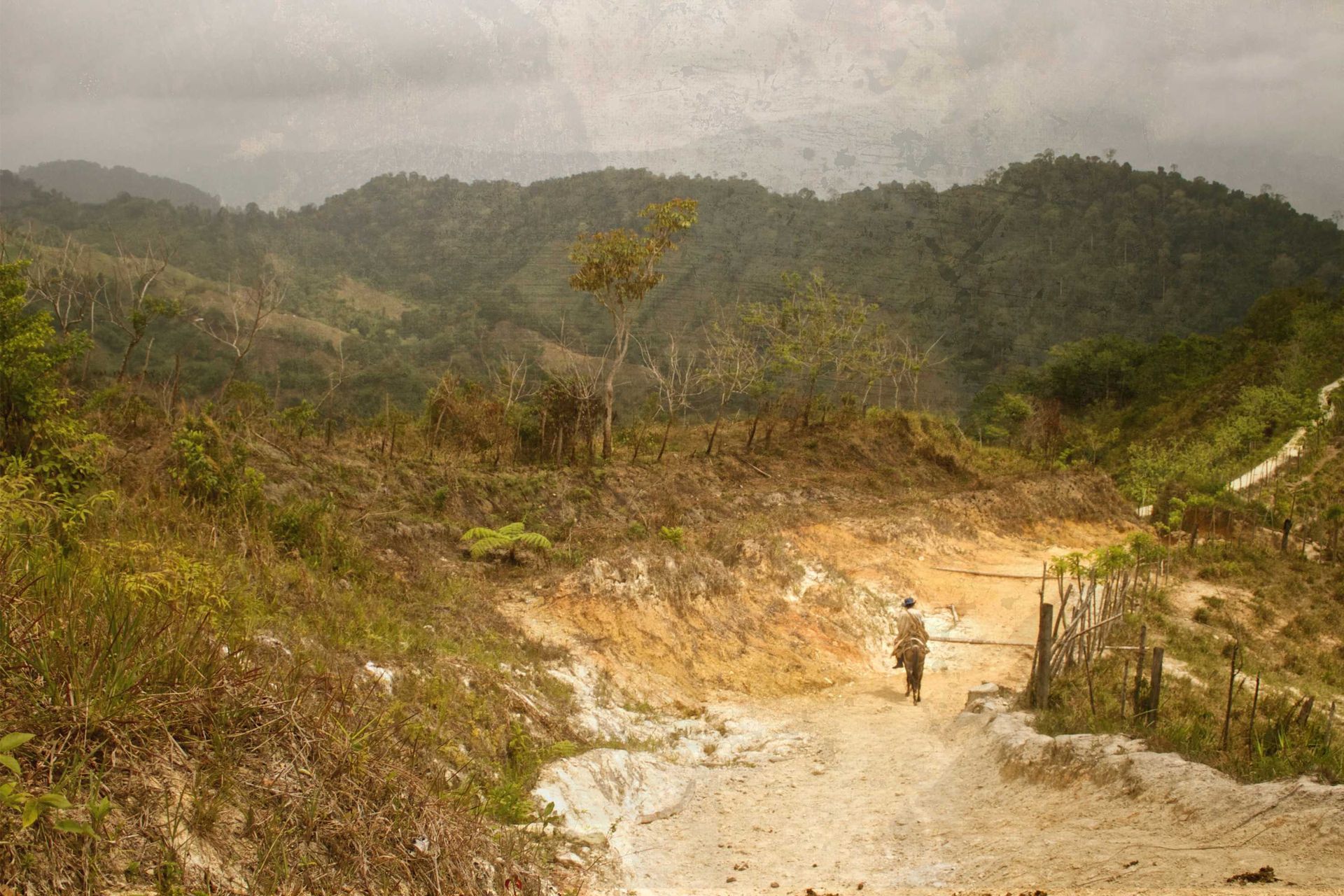
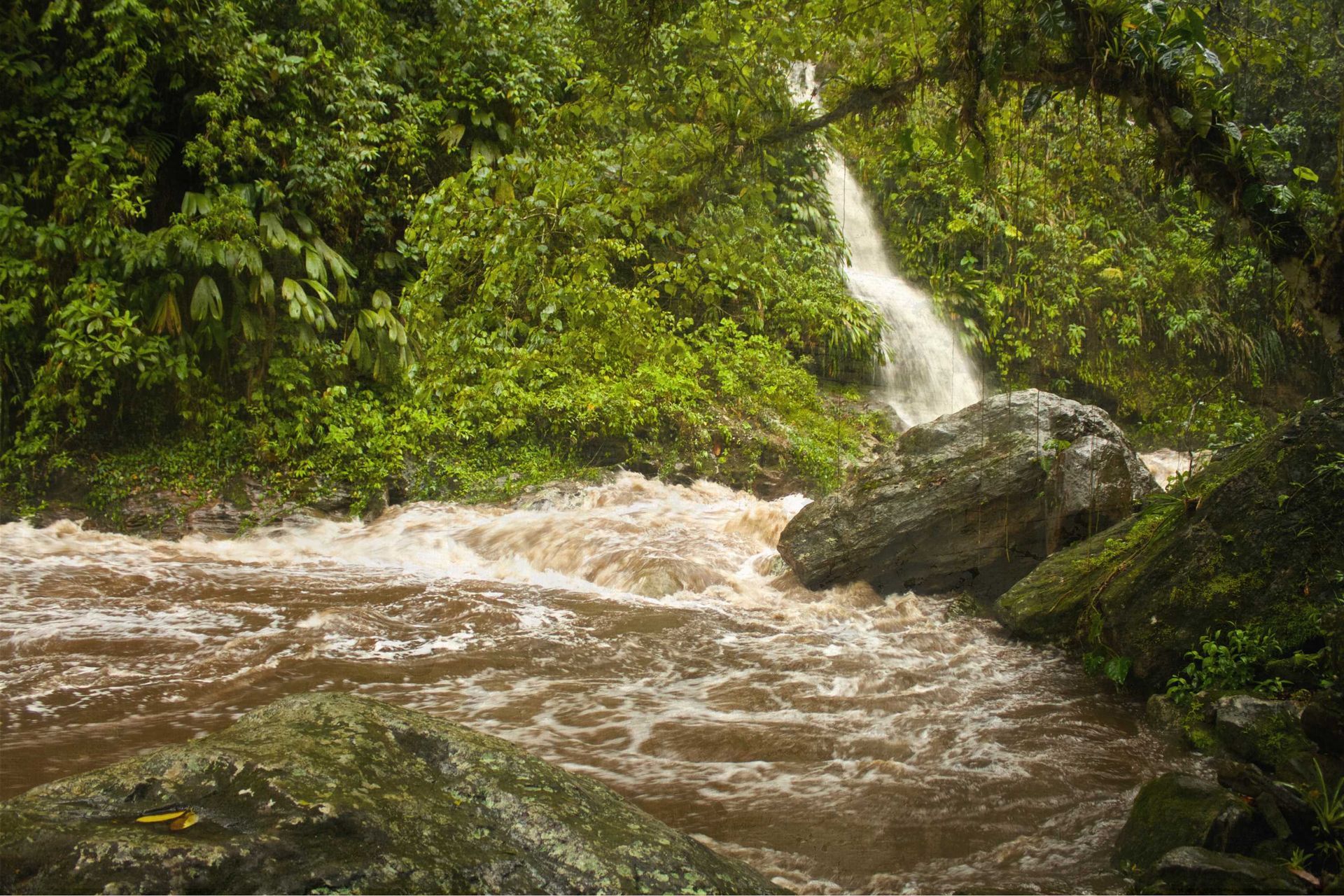
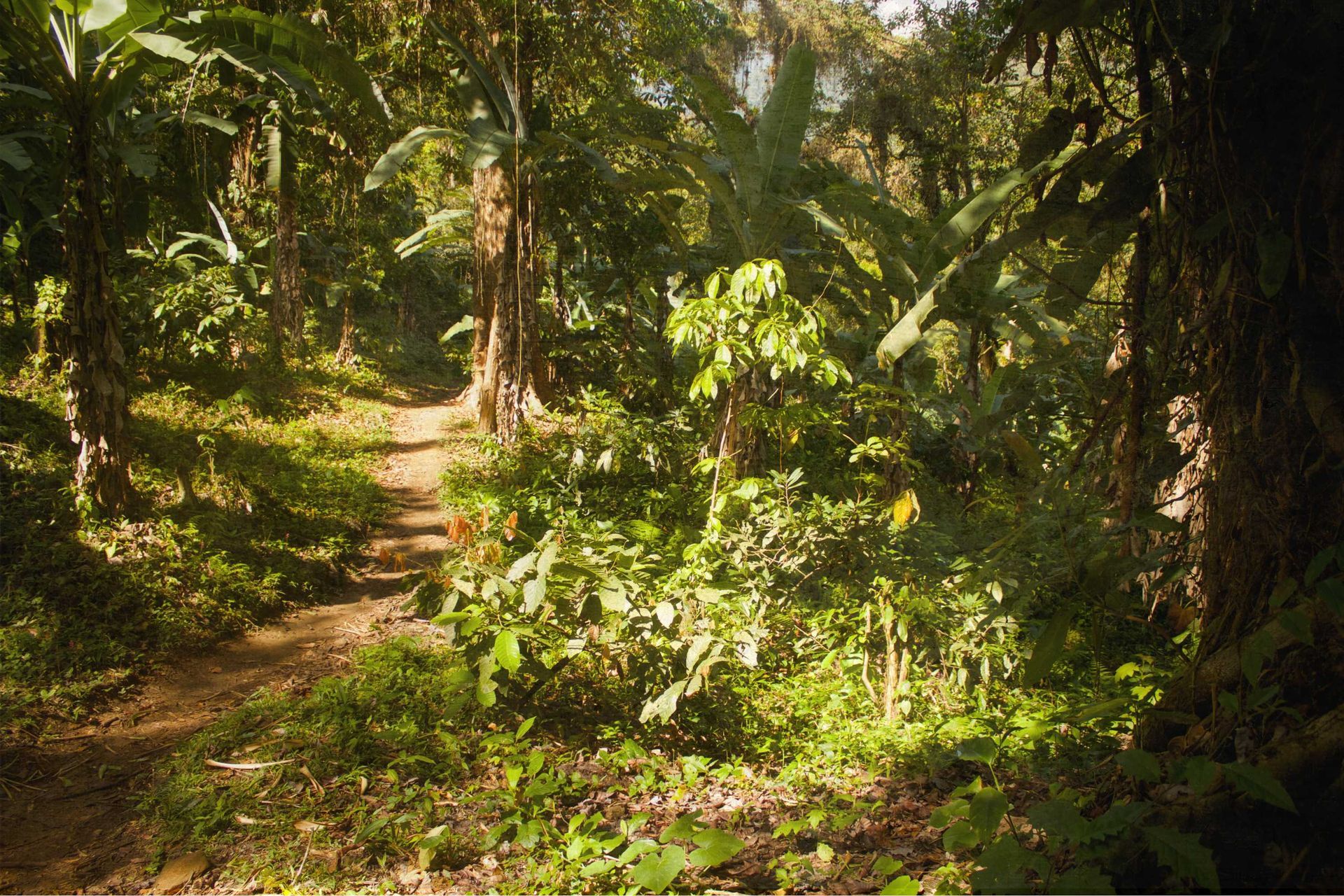
A folklore journey beyond the crowds
If, like me, you’re tired of crowded tourist destinations and want a taste of real adventure, these lost cities are calling.
Choquequirao, Kuélap, and Ciudad Perdida each offer something unique - breathtaking landscapes, ancient mysteries and the purest satisfaction of exploring places that remain largely untouched.
It should also be noted that respectfully maintaining these historic sites is top of mind for the locals and should always be top of mind for visitors too. Always ensure locally guided and/or endorsed help is sought out when preparing and undertaking travel to any ancient places.
They’re not easy to get to and they’re definitely not for the faint of heart. But for those willing to make the journey, the reward is stepping into a piece of history that feels truly alive, rich with myth, legend and the spirit of those who came before.
Let me know if you make a trip, i'd love to hear all about it!
Article sources:
Parker VanValkenburgh, K. C. Cushman, Luis Jaime Castillo Butters, Carol Rojas Vega, Carson B. Roberts, Charles Kepler & James Kellner (2020) Lasers Without Lost Cities: Using Drone Lidar to Capture Architectural Complexity at Kuelap, Amazonas, Peru, Journal of Field Archaeology, 45:sup1, S75-S88, DOI: 10.1080/00934690.2020.1713287
Ziegler, G.R. and Malville, J.M. (2011) ‘Choquequirao, Topa Inca’s Machu Picchu: a royal estate and ceremonial center’, Proceedings of the International Astronomical Union, 7(S278), pp. 162–168. doi:10.1017/S1743921311012580.
Esenarro, D., Aparicio, R., Cusihuaman, C.K., Ramón, J.A., Rivera, D.E. and Reyna, S., INTERPRETIVE PATH TO STRENGTHEN THE TOURIST OFFER OF THE ARCHAEOLOGICAL COMPLEX OF CHOQUEQUIRAO-CUZCO, 2021.
Fredrick, S.E. (2022). Indigenous Shamanism in Latin America (K. Poole, & J. Shoulson, Eds.). Routledge. https://doi.org/10.4324/9780367347093-RERW44-1
Explore more folklore from Southern & Central America
10 Mayan legends & 5 modern lessons
This sophisticated civilization was packed full of myths and legends that carry useful lessons for our modern lives.
Explore more folklore from the rest of the world
Take a quick trip into the mystical and sometimes bizarre world of Portuguese folklore.
16 short tales from Indonesian folklore
Including the baby born from a cucumber - read about it now!


